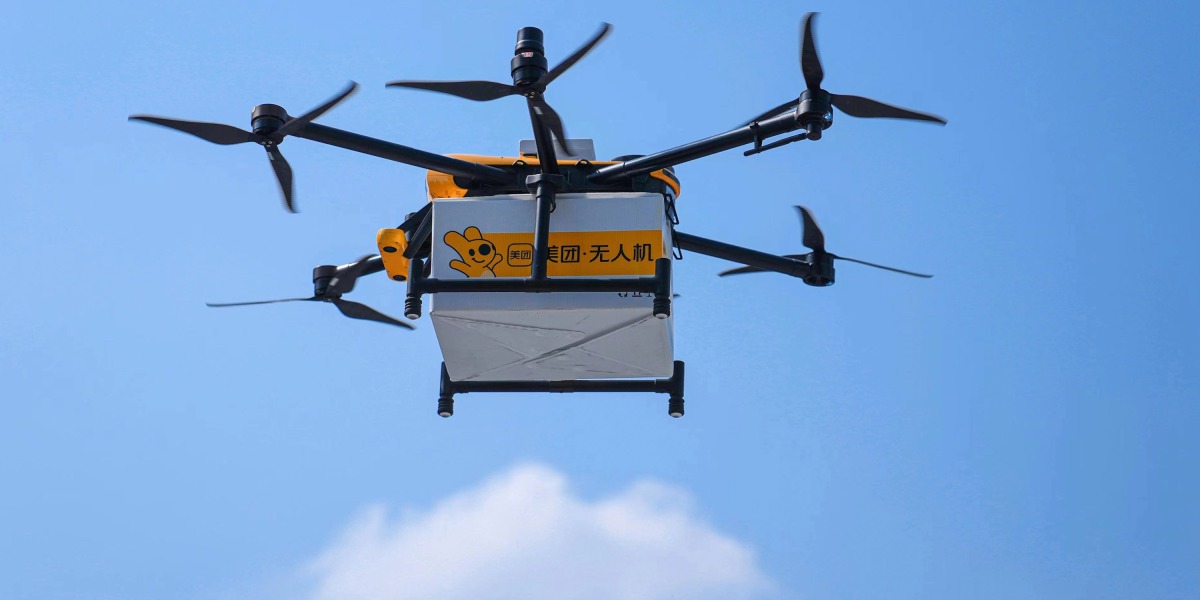
—Zeyi Yang
In a buzzy urban area in Shenzhen, China, I watched as a drone descended onto a pickup kiosk to deliver the iced tea I’d ordered half an hour earlier. The delivery service is operated by Meituan, China’s most popular food delivery platform, which has been making regular drone deliveries to the city’s residents for the past year and a half.
What differentiates Meituan from its American peers is that it’s flying drones in potentially the most challenging environment: dense urban neighborhoods. For some Shenzhen residents and vendors, delivery by drone is no longer a novelty—it’s part of their daily routine. And the company’s progress shows that regular drone delivery in cities is possible. Read the full story.
Our quick guide to the 6 ways we can regulate AI
AI regulation is hot. Ever since the success of OpenAI’s chatbot ChatGPT, the public’s attention has been grabbed by wonder and worry about what these powerful AI tools can do.
Tech CEOs, US senators and leaders at the G7 summit are all united in their desire for international standards and stronger guardrails to govern AI. Melissa Heikkilä, our senior AI reporter, has analyzed six different international attempts to regulate the technology, and given each of them a score for how influential they are. Take a look at what she came up with.
This story is part of our Tech Review Explains series, dedicated to untangling the complex, sometimes messy, world of science and technology to help you understand what’s going on. Check out the other stories in the series.
And if you’d like to hear more of Melissa’s incisive thoughts on AI regulation, check out the latest edition of The Algorithm, her weekly AI newsletter, all about the prospects for AI regulation in the US. Sign up to receive it in your inbox every Monday.
